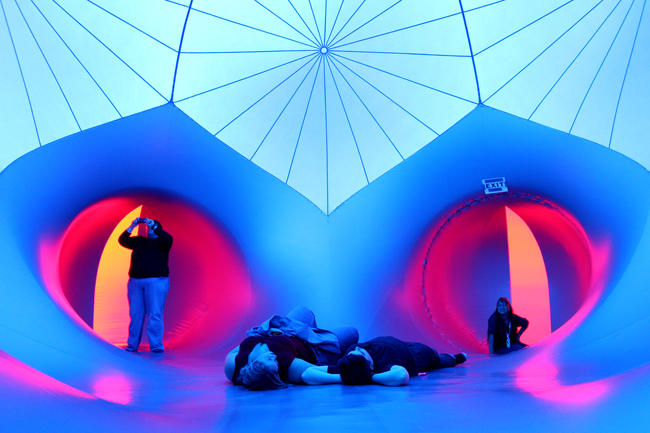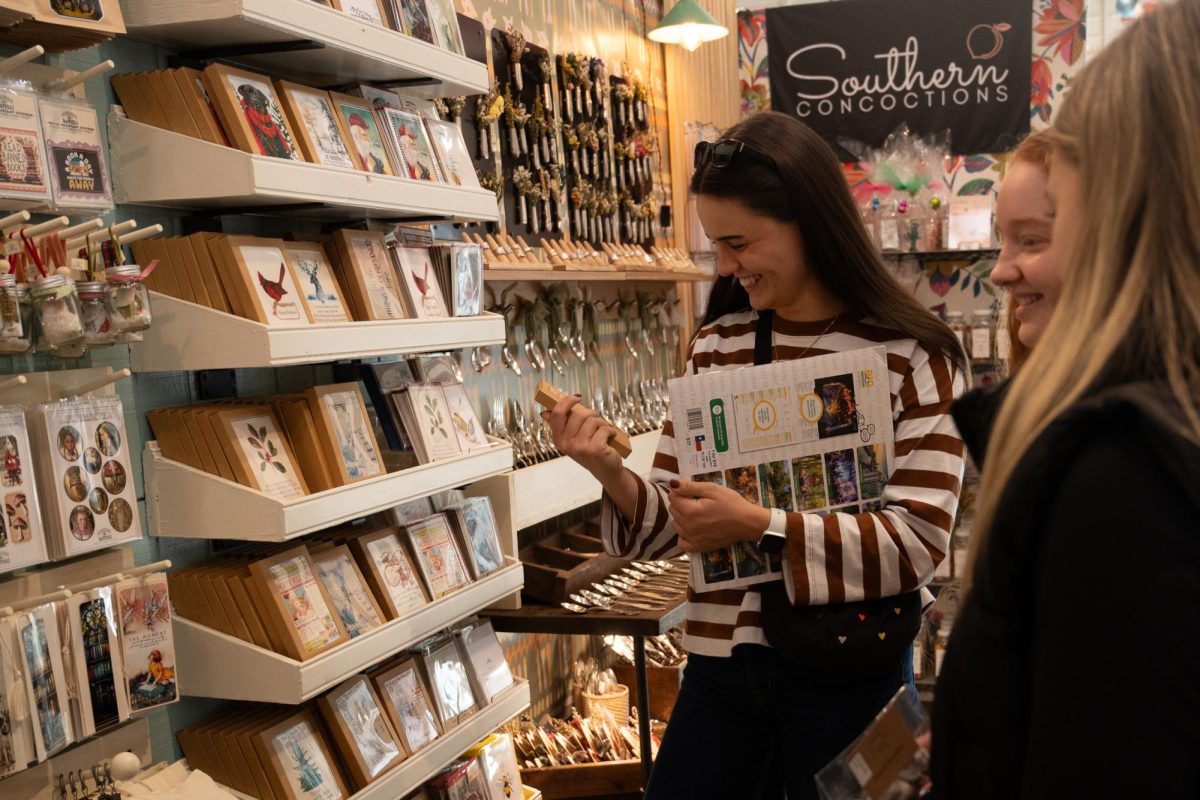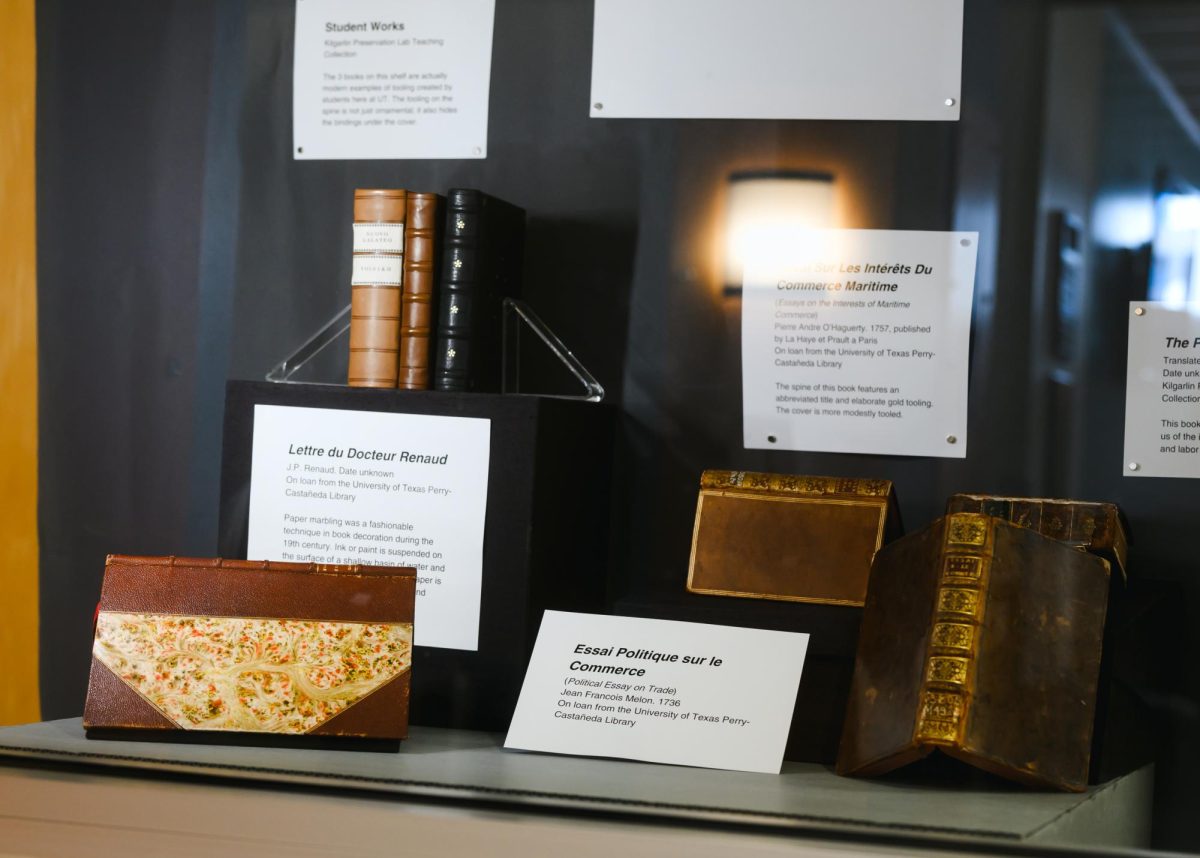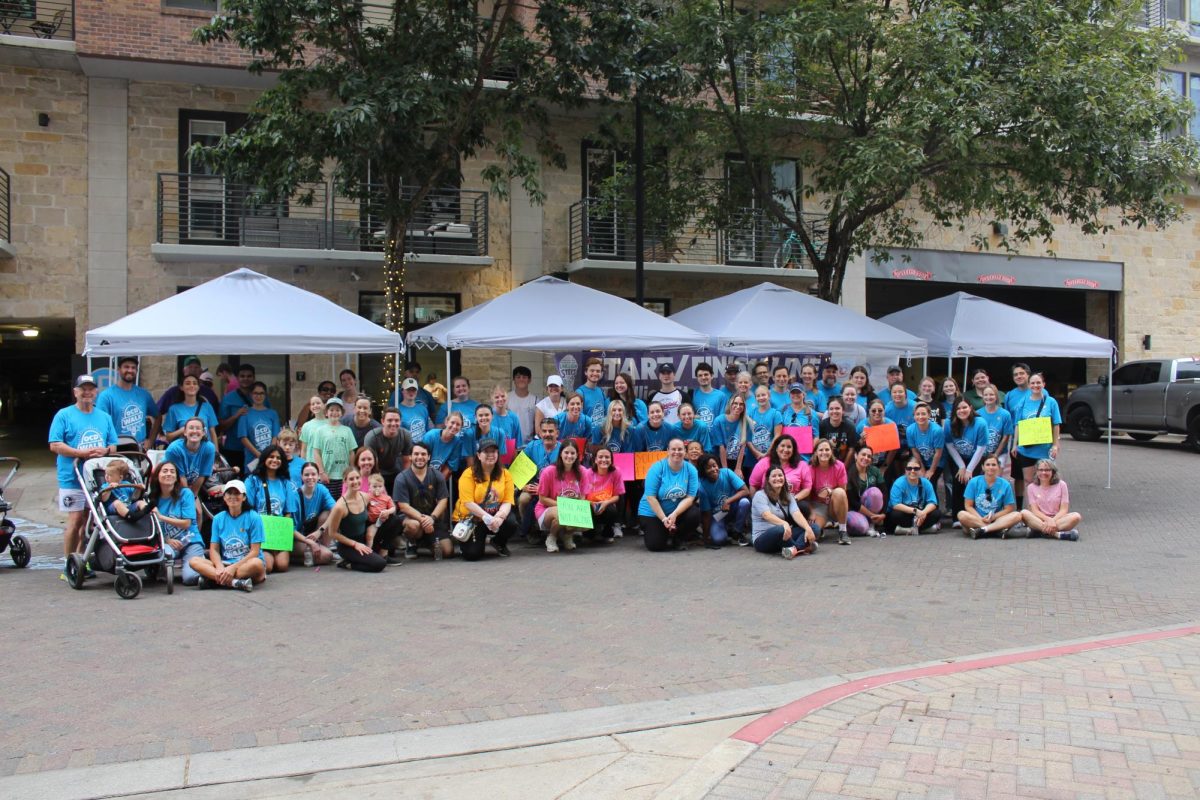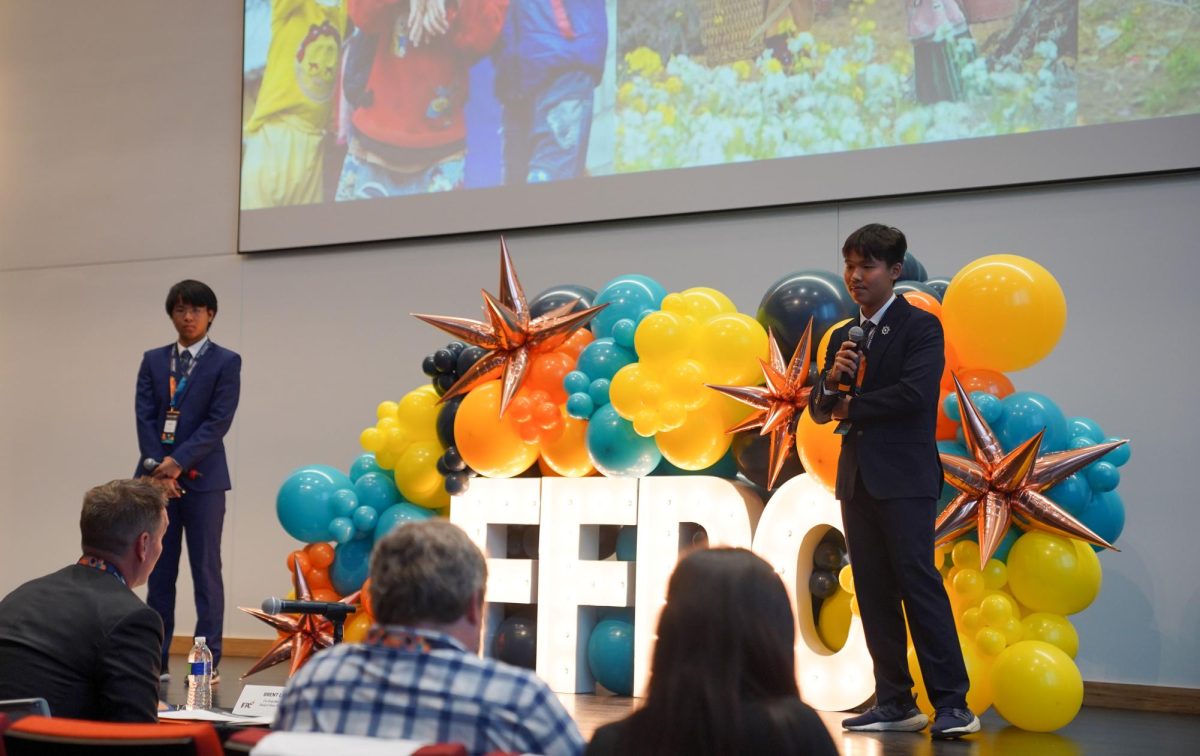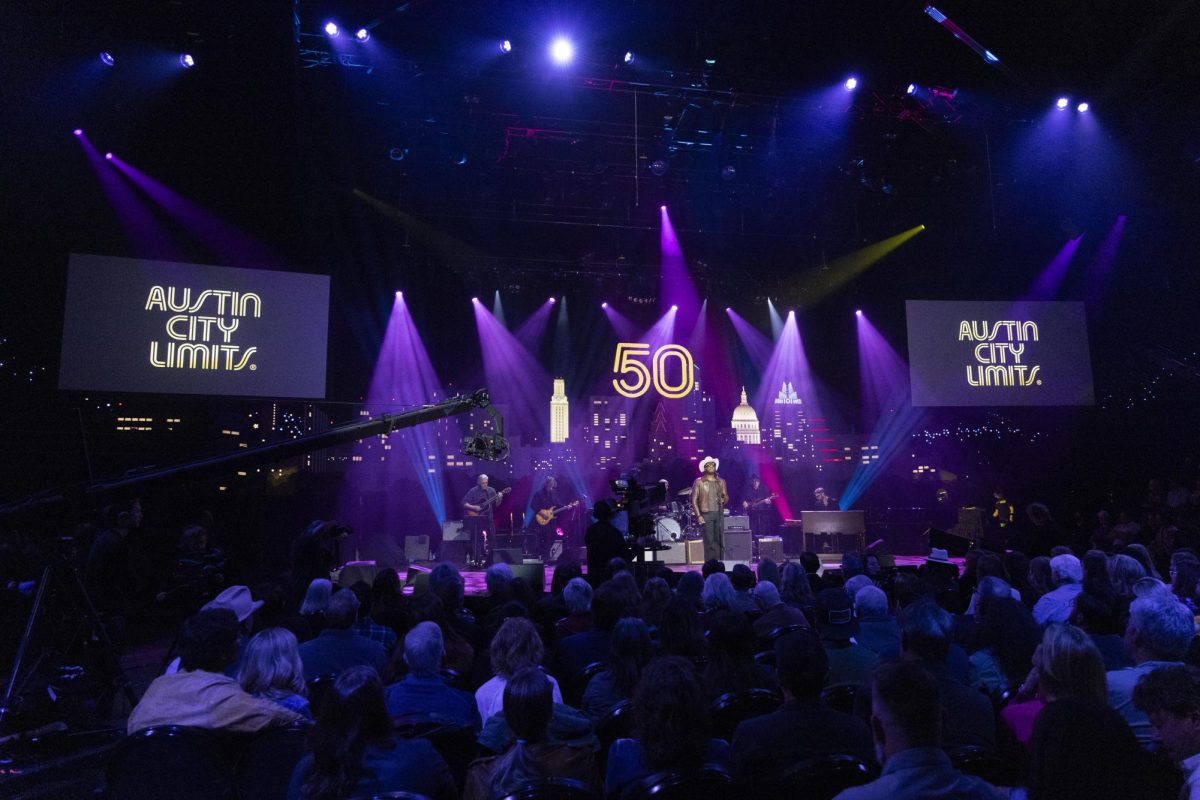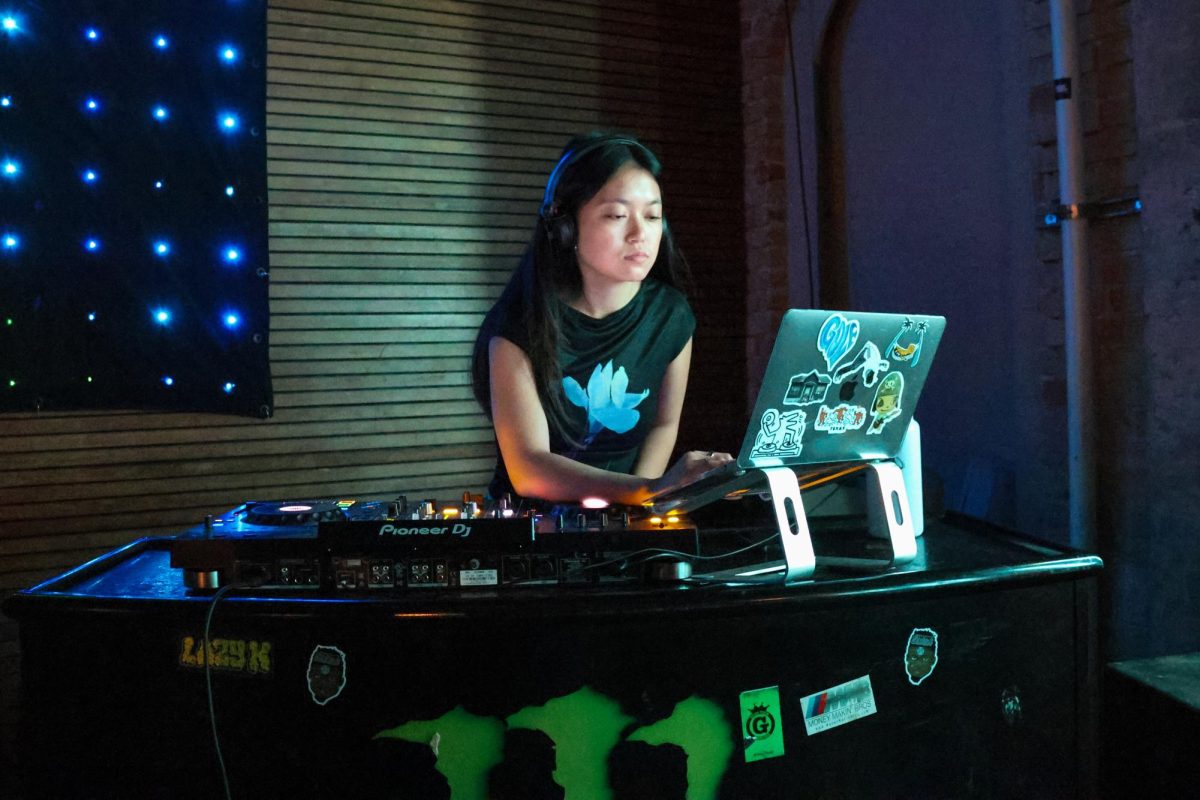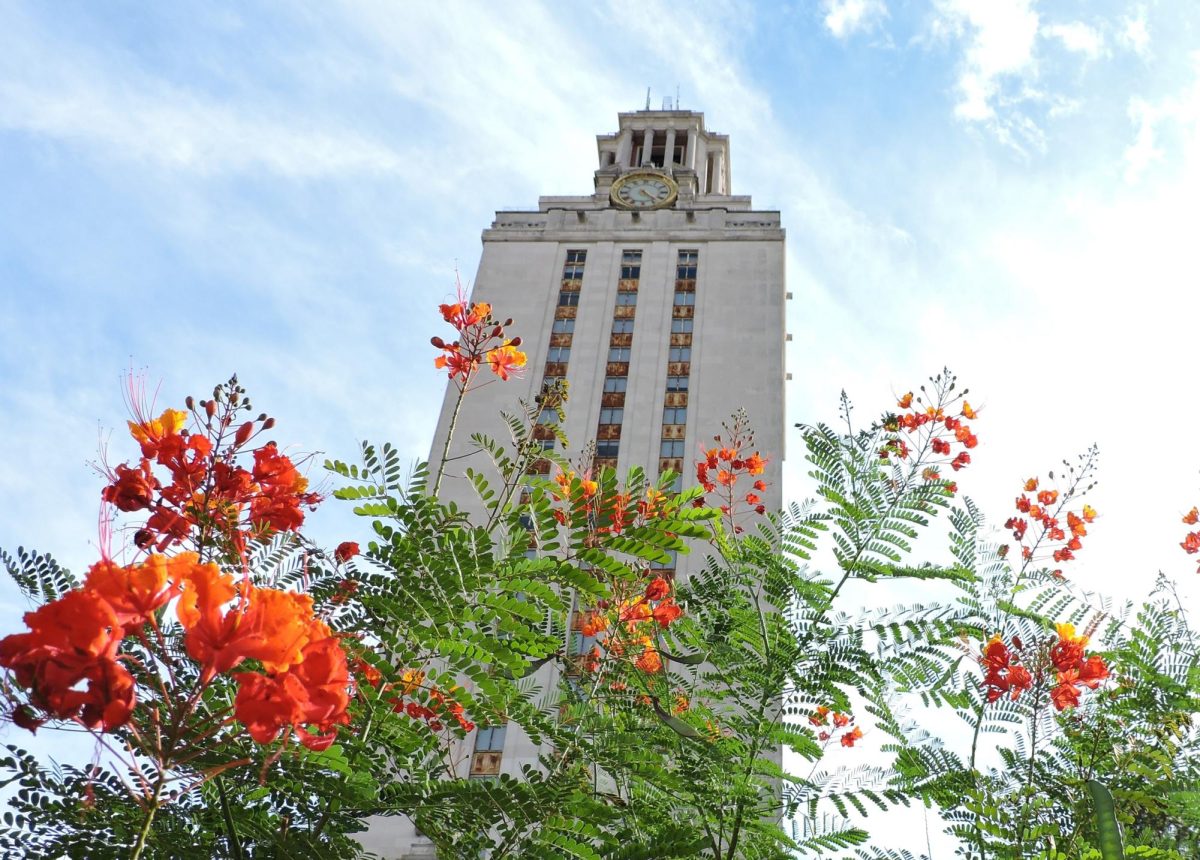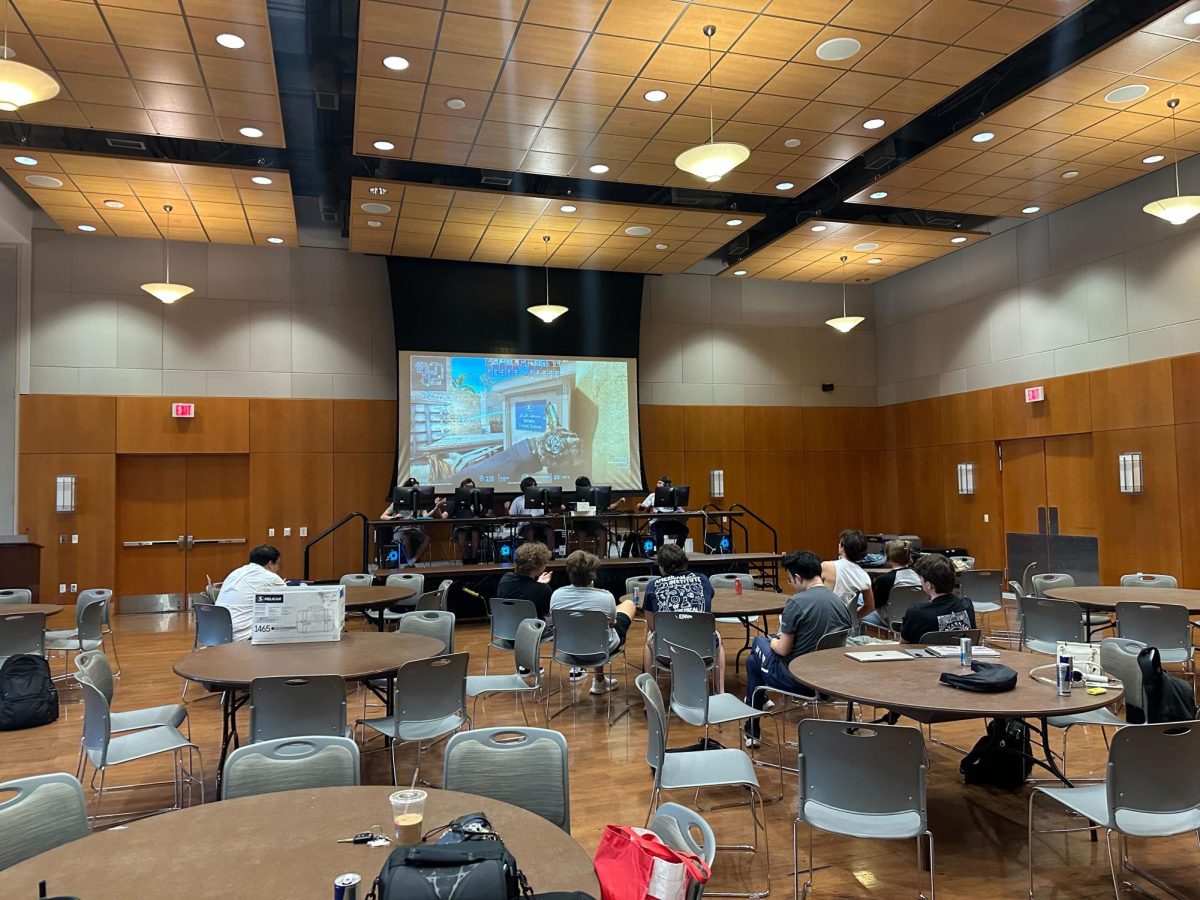Everyone goes barefoot into the luminarium. Sunlight streams through the thin plastic ceilings and the ephemeral structure envelops its visitors in a land of radiant color that spills across curved walls and floors onto faces and clothing until the world inside is a disorienting place of light that comforts as much as it awes.
The Exxopolis luminarium, an inflatable structure made of thin plastic that is created for visitors to walk inside of to experience light and color, is currently set up on the West Lawn of the Long Center for the Performing Arts. The Exxopolis was created as a celebration of the 20th anniversary of the Nottingham, United Kingdom-based company, Architects of Air, who created the luminarium. Rising three stories high and occupying the equivalent of half a football field, the Exxopolis is built for exploration.
“The starting point of designing any luminarium is the journey people will take,” Alan Parkinson, the artistic director of Architects of Air, said. “I create with the hopes that there will be a path where people will lose themselves; where you can’t register the whole space just by stepping in the door.”
Parkinson has been creating inflatable structures for more than 30 years, but his work with Architects of Air began in 1992. After trying his hand at photography, Parkinson ended up working with inflatable structures by accident, and after 10 years of creating structures that toured around to centers for kids with handicaps, Parkinson founded Architects of Air.
Each luminarium takes five to six months to create and will last about three years. In 250 days of exhibition, the luminarium will see up to half a million visitors and several countries.
“I think the structures provide a kind of frame for the phenomenon of light,” Parkinson said. “I do want the people going inside to ideally generate a sense of wonder; to experience the ‘wow factor’ of the structures.”
Parkinson, who is largely self-taught in terms of inflatable building, designed luminaria exclusively on the drawing board until two years ago. The recent transfer to designing on the computer has allowed Architects of Air to take more risks in its designs, and structures like Exxopolis are the result.
“Each structure we build is a full-scale experiment,” Parkinson said. “There are a lot of elements that carry over from previous structures, and then there are entirely new elements I just want to try out.”
For Exxopolis, one of the experiments is the use of two colored plastics in the area referred to as the cupola because of its similarity to the domes on European cathedrals. The cupola, according to Parkinson, was inspired by the circular space of the Chapter House of Southwell Minster.
According to Architects of Air, in order to “celebrate its long association with Nottingham, it returned to its roots to involve local people.”
That involvement resulted in the “Windows Project” workshops, which created the stained glass-inspired pieces that line the interior of the cupola and allow many colors of light to radiate through the circular room.
“Just by having the stained glass reference that we see in the cupola brings in a more churchy feel to [Exxopolis],” Parkinson said.
The Exxopolis, like many of the other luminaria, is also influenced by Islamic architecture and Gothic cathedrals.
“Architects of Air sparks the imagination in all of us,” Jamie Grant, CEO and executive director of the Long Center, said. “Thousands of Austinites of all ages will gather as one to experience it.”
The Exxopolis is the second luminarium Architects of Air has brought to Austin. 6,800 people visited Mirazozo last year, and the Long Center says that they expect this year’s attendance to exceed that.
“Sometimes there is a good meeting between what the structures have to offer and the people who meet it,” Parkinson said. “Having a structure in Austin was just kind of a ‘wow’ for us in that sense. We had such a good response last time around, so it’s just great to be bringing a new structure back.”

